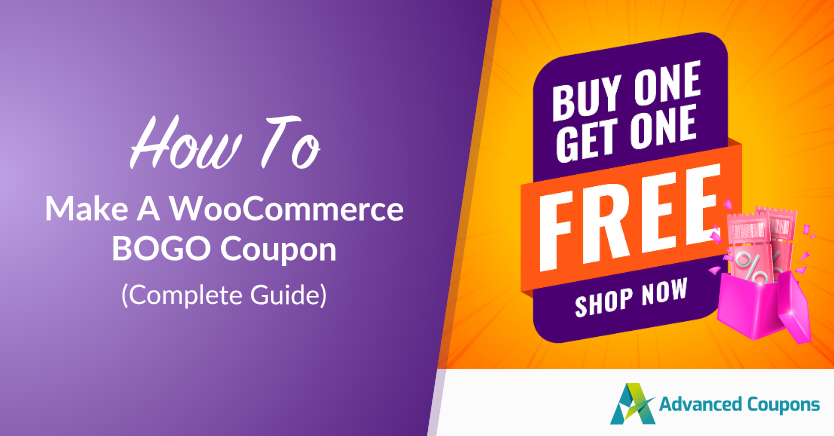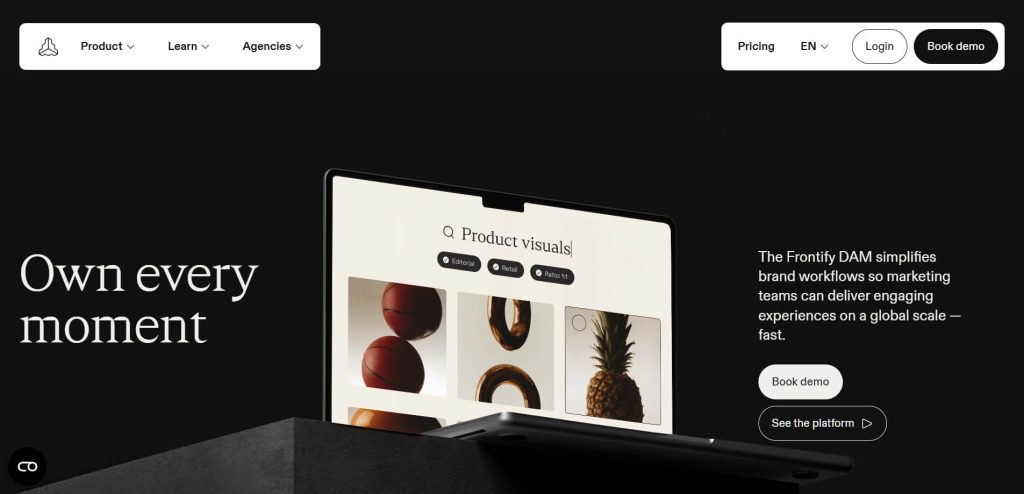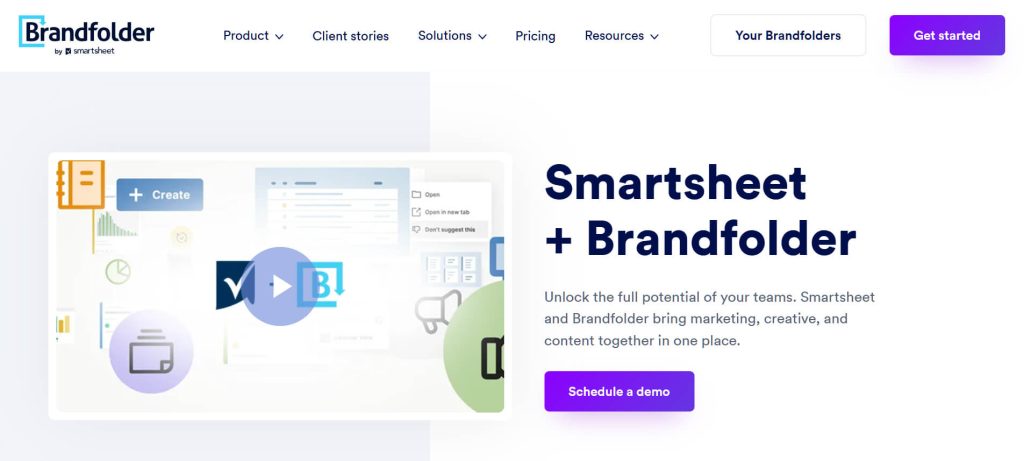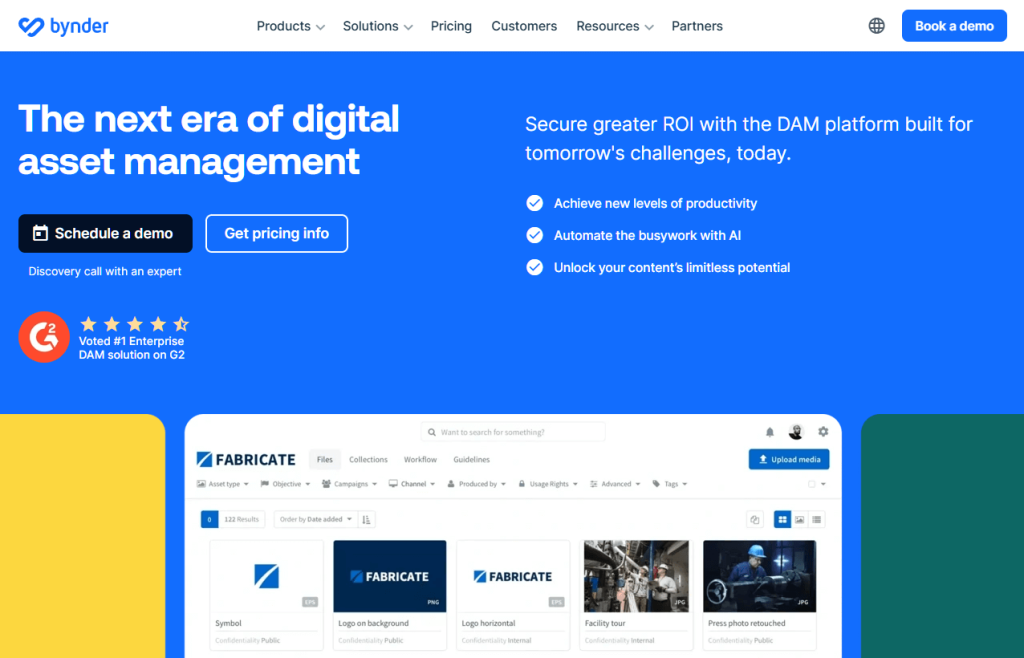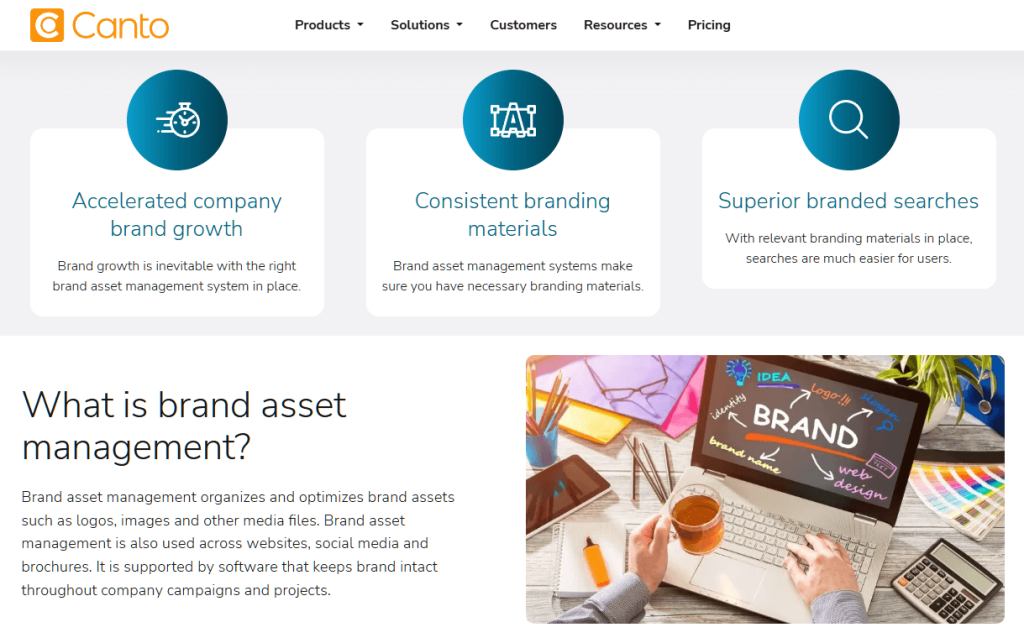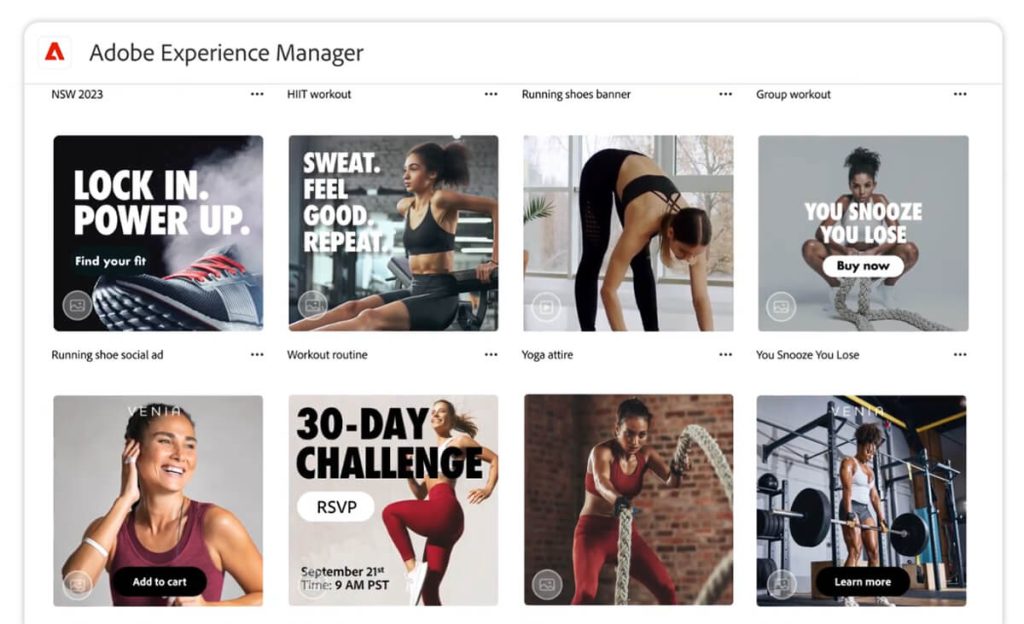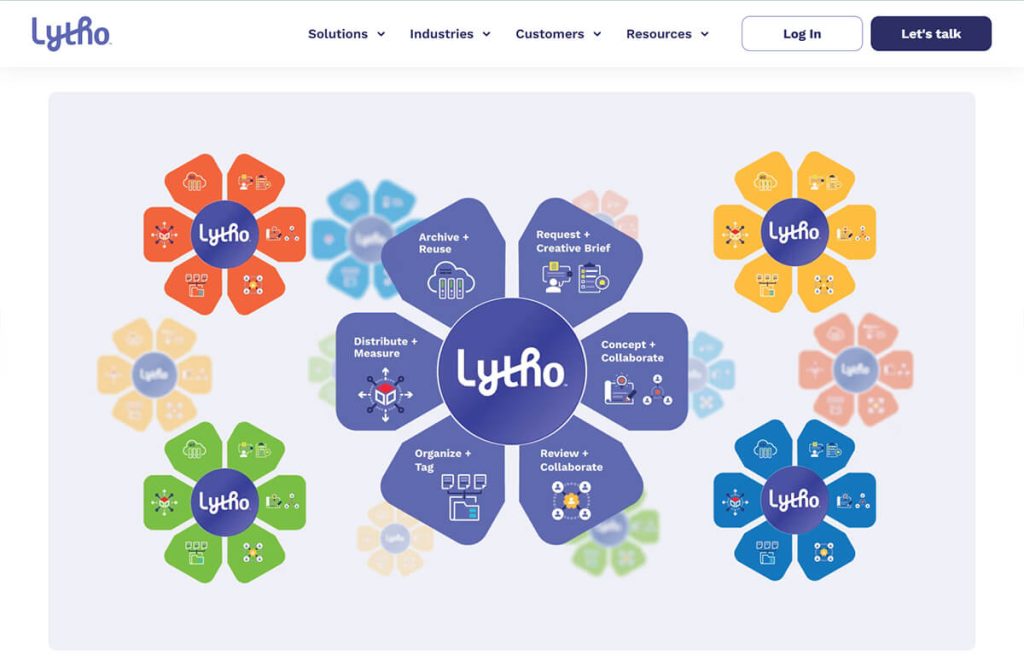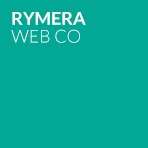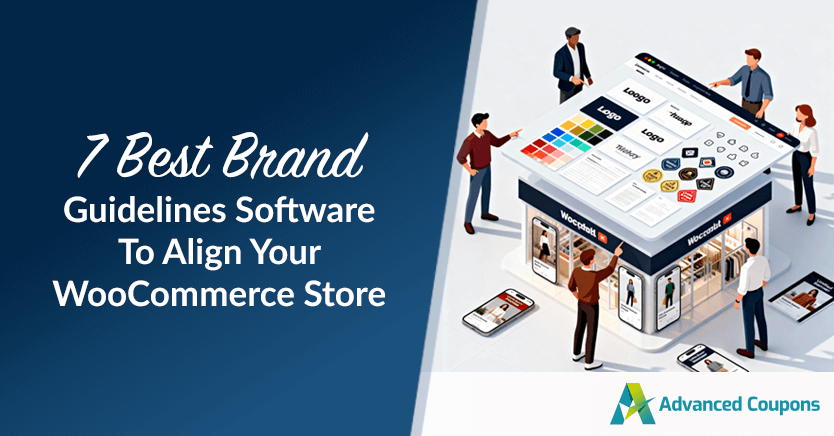
Running a WooCommerce store isn’t just about having great products. It’s about building a recognizable, trustworthy brand that keeps customers coming back. From product images and category banners to email campaigns and social media ads, your branding needs to stay consistent everywhere.
But here’s the challenge: keeping designers, marketers, and store managers aligned isn’t easy. One wrong logo on a product page or an outdated color in a promo email can make your store look unprofessional.
That’s where brand guidelines software comes in. These tools give your WooCommerce business a single source of truth for all brand assets, styles, and rules, so no matter who’s updating your store or running campaigns, your brand stays consistent.
Here are the seven best solutions in 2025 to keep your WooCommerce store aligned and your brand strong.
1. Brandy
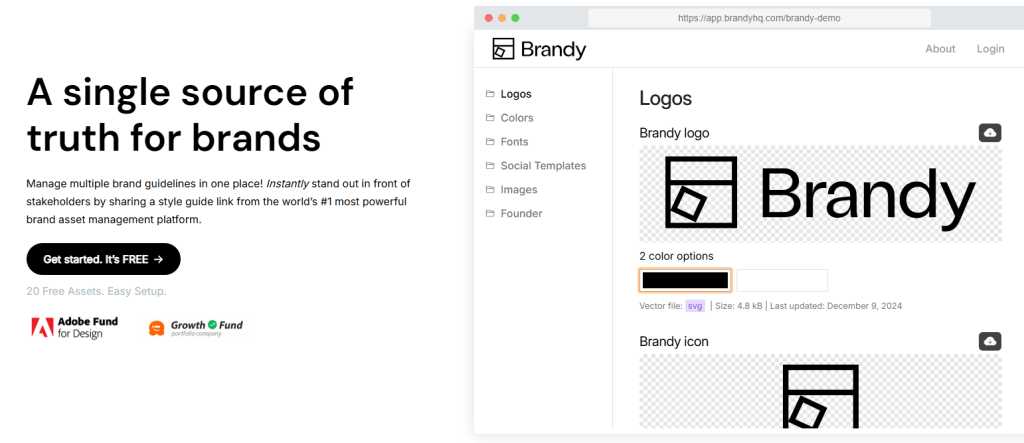
Brandy is a lightweight tool perfect for WooCommerce store owners who want to keep things simple but professional. You can quickly share product logos, color palettes, and fonts with your team, ensuring all product pages, landing pages, and email campaigns stay consistent.
Key features
- Manage multiple brands (ideal if you run more than one WooCommerce store)
- Store and share logos, fonts, colors, and product images
- Shareable links for agencies or freelancers working on your store
- Supports 30+ file formats.
WooCommerce use case: Keep your product mockups, logos, and promo graphics aligned so your store’s visuals always look professional.
2. Frontify
Frontify is a full brand management ecosystem that works well if your WooCommerce store has multiple teams handling design, ads, and customer engagement.
Key features
- Centralized brand guidelines accessible to everyone
- Templates for product pages, email banners, and social posts
- Collaboration and approval workflows
- Custom brand portals for partners or affiliates
WooCommerce use case: Perfect if you run a multi-channel WooCommerce business with global customers and need consistent branding across regions.
3. Brandfolder
Brandfolder gives you flexibility to organize and distribute your brand assets. It’s especially helpful if you share product assets with affiliates, resellers, or marketplace partners.
Key features
- Customizable brand portals
- Easy-to-use for non-technical team members
- Cloud-based with strong integrations
- Version control for updated product assets
WooCommerce use case: Create a partner portal with your latest product images, descriptions, and logos for affiliates and resellers.
4. Bynder
Bynder is ideal if you run a large WooCommerce store (or network of stores) and need automation to keep things running smoothly.
Key features
- AI-powered asset organization
- Permissions for teams (great if you work with freelancers)
- Integrations with creative tools
- Custom brand portals
WooCommerce use case: Automate branding consistency for seasonal promotions across hundreds of products and categories.
5. Canto
Does your store rely heavily on lifestyle photography, banners, and videos? Then Canto is a great fit. Its visual-first approach makes it easy to manage product images and marketing creatives.
Key features
- Centralized library with visual previews
- Brand guideline portals
- Automatic tagging and quick search
- Copyright and watermark controls
WooCommerce use case: Quickly find and share product images for new launches or campaigns without digging through endless folders.
6. Adobe Experience Manager Assets
If you use Adobe Creative Cloud for your product photography, graphics, and marketing designs, Adobe Experience Manager Assets is a powerful option.
Key features
- Deep integration with Photoshop, Illustrator, etc
- AI-powered tagging with Adobe Sensei
- Dynamic media delivery for global campaigns
- Enterprise-grade security
WooCommerce use case: Large WooCommerce retailers can ensure every product image, banner, and promo is delivered consistently across multiple markets.
7. Lytho
Lytho combines brand guidelines with project management. Therefore, it’s ideal for marketing teams that juggle frequent product updates, campaigns, and seasonal promotions.
Key features
- Project tracking and creative review cycles
- Centralized guidelines and libraries
- Version control for product creatives
- Collaboration tools for approvals
WooCommerce use case: Keep your marketing campaigns aligned while managing design requests for product launches or holiday sales.
What To Look For In Brand Guidelines Software For WooCommerce
Ease of use
Your WooCommerce store team may include product managers, marketers, or freelancers who aren’t highly technical. That’s why ease of use is critical. The software should have a clean interface that lets your team quickly access product images, brand colors, and logos without needing training. To help users get familiar with the new software, you can also use the best PowerPoint AI tools to create internal guides or presentations that simplify design and automate slide creation.
After all, if the brand guidelines software is too complicated, your staff won’t use it consistently, which can lead to branding mistakes on product pages or marketing campaigns.
Collaboration
Running a WooCommerce store often involves multiple people updating product images, creating promo banners, or sending marketing emails. A good brand guidelines solution should make it easy for everyone to share assets, give feedback, and approve work without endless email chains.
Collaboration tools keep your team aligned, so whether it’s a seasonal sale banner or a new product launch, everyone works from the same approved assets.
Customization
Every WooCommerce store has its own identity colors, fonts, and visual style. The brand guidelines tool you choose should allow customization so you can create branded portals that truly reflect your store’s personality.
For example, you may want to build a private portal for your team with your exact WooCommerce design assets, ensuring your store looks consistent across all touchpoints.
Scalability
As your WooCommerce business grows, so will your branding needs. You’ll add more products, run more campaigns, and maybe even expand into new regions.
The software should scale with you, handling larger volumes of images, videos, and users without slowing down. Choosing a scalable solution ensures your store can maintain consistent branding no matter how big your catalog or team becomes.
Integrations
The best brand guidelines software should integrate seamlessly with the tools you already use. For WooCommerce stores, this might mean connecting with Adobe Creative Cloud for product photography, Slack for quick team communication, or project management platforms to track campaigns.
Integrations save time, reduce manual work, and create a smoother workflow for your store’s operations.
Conclusion
For WooCommerce store owners, brand guidelines software is more than just a tool—it’s a way to protect and grow your brand. Every element, from product images and category banners to email campaigns and social ads, should feel consistent and professional. This consistency builds trust, makes your store more recognizable, and ultimately helps you sell more.
The right solution depends on your business size and workflow. For instance, smaller WooCommerce shops will find the following to be the most practical option because it is affordable, easy to use, and designed with marketers in mind:
Larger stores or enterprise-level brands may prefer the following platforms for their advanced features and scalability:
Stores that rely heavily on product visuals will benefit from:
For teams that need project management tied to brand alignment, the following is a strong choice:
No matter which option you choose, investing in brand guidelines software will ensure your WooCommerce store stays professional, consistent, and ready to grow across every channel.

